At KAD3D we provide state of the art 3D scanning and reverse engineering services. Get in touch with using the enquiry form below and we’ll get back to you within 24 hours.
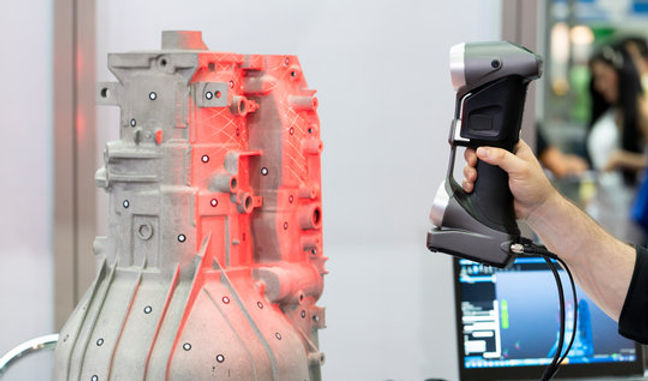
KAD3D now offers 3D scanning services to cater to the increasing need for reverse engineering and digital designs. Using depth sensored optics, our scanner can pick up details of up to 0.2mm
Based on the complexity of the model, we could go the extra step and reverse-engineering the scanned data to produce a working model with the changes in place to fit your needs.
As always if you have any questions or would like your design looked over for each of manufacturing, simply get in contact with us using the form below.

3D scanning is a process of capturing the shape of an object using a device that projects a light source (such as a laser or structured light) onto the object and measures the distance and/or distortion to generate a 3D representation. This data is collected in the form of point clouds and then converted into a 3D model, typically through software that can stitch the points together into a cohesive shape.
The choice of which 3D scanner to buy depends on factors such as the required resolution, accuracy, the size of objects you plan to scan, your budget, and intended use. Here are some general recommendations:
3D scanning spray is a substance applied to objects before scanning that helps to reduce surface reflectivity and transparency, ensuring more accurate and complete data capture by the scanner. This is especially useful when scanning shiny, reflective, or translucent materials. The spray provides a matte finish and is typically designed to be easily removed after scanning.
The cost of 3D scanning can vary greatly depending on the technology and the level of precision required. Handheld 3D scanners for hobbyists can start at a few hundred dollars, while professional-grade systems that offer high resolution and accuracy can range from several thousand to tens of thousands of dollars. Additionally, services provided by 3D scanning companies will also vary in cost based on project complexity.
3D scanning for 3D printing involves creating a digital copy of a physical object that can be refined, edited, and then used as a directly 3D printable file. This process is ideal for replicating parts, reverse engineering, or bringing physical objects into a digital workflow.
3D scanning may not be applicable or as effective for:
3D scanning to CAD involves converting the raw data captured from a 3D scan into a clean and usable CAD model. Specialized software processes the point cloud or mesh data to create a parametric model that can be edited and used in various CAD applications for design, engineering, or manufacturing purposes.
3D scanning without LiDAR can be done using alternative technologies such as structured-light scanners, which project patterns of light onto the object and capture its deformation, or photogrammetry, where multiple 2D images taken from different angles are stitched together to create a 3D model.
3D scanning and photogrammetry are two different methods of capturing three-dimensional data. 3D scanning often uses lasers or structured light to measure the geometry of an object directly, which can be more precise but also more expensive and potentially less portable. Photogrammetry uses photographs taken from multiple angles and software to calculate the depth information, which can be more cost-effective, doesn't always require specialized hardware, but may potentially be less precise depending on the camera and environment. Both techniques have their advantages and are chosen based on project requirements and constraints.
Click here to try our material selection tool to help you find the best material for your project.
your project details
and request changes
your scan data
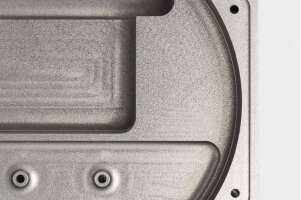
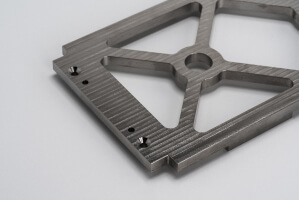
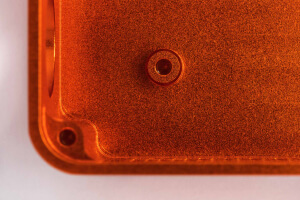
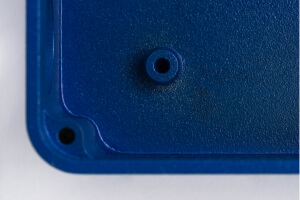
We machine rapid prototypes and low-volume production orders for customers in multiple industries: aerospace, automotive, defense, electronics, hardware startups, industrial automation, machinery, manufacturing, medical devices, oil & gas and robotics.
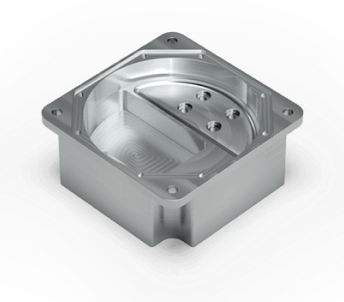
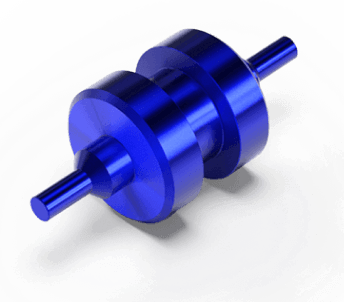
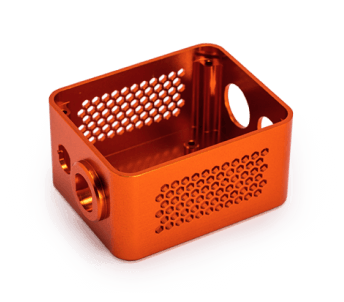
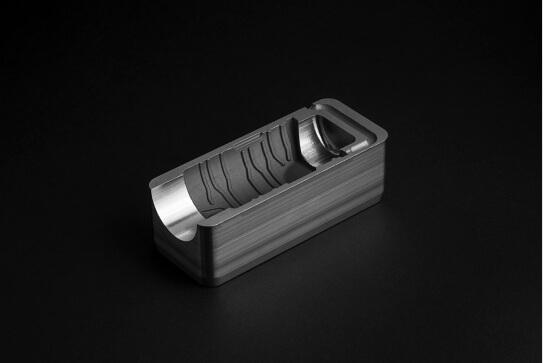
Mold with cooling channels for the decorative elements production
Material: AISI 316L
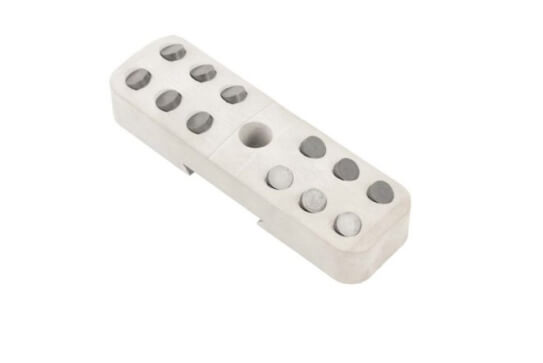
A specialty item, these tool slips would typically be machined, a time-consuming and labour-intensive process given their two-part design.
Using the Shop System, PGV was able to drastically cut the lead time needed to produce both parts, allowing the company to significantly reduce their on-the-shelf inventory. That ability to effectively print parts on demand allows PGV to instead store part designs in
“digital warehouses,” and call them up for printing only when needed.
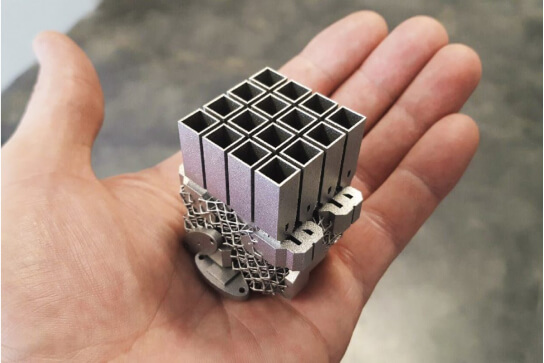
Creating lightweight structures is of paramount importance for the space industry.
Optisys, for example, is a provider of micro-antenna products. They used DMLS/SLM to reduce the number of discrete pieces of their tracking antenna arrays from 100 to only 1. With this simplification, Optisys managed to reduce the lead time from eleven months to two, while achieving a 95% weight reduction.
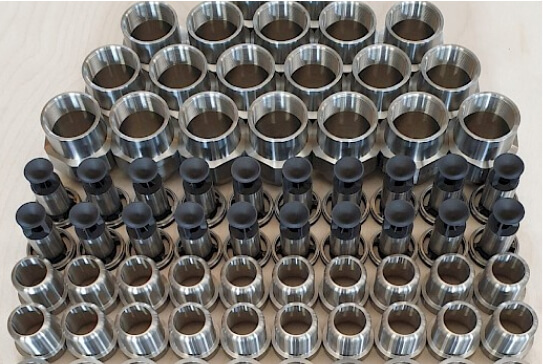
Serial 3D printing for marine industry – 3D printing and traditional methods complement each other.
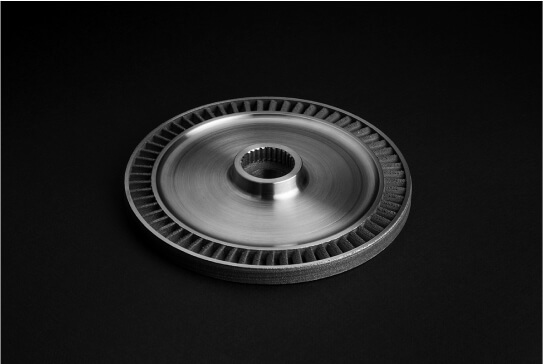
Turbopump assembly rotor wheel
Material: Inconel 718
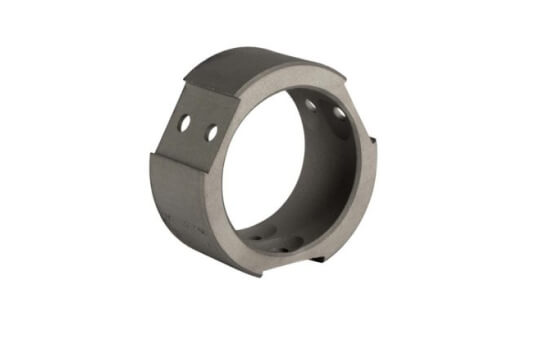
Using the Shop System, however, the company can now manufacture these parts on demand, even in extremely low volumes.
The Shop System also simplifies the production of the ring component, which features a beveled inner diameter.
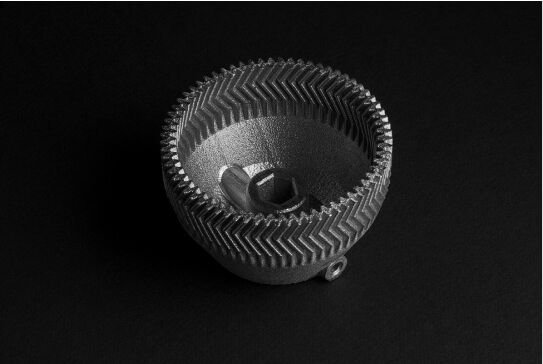
Spline gear
Material: CoCrMo
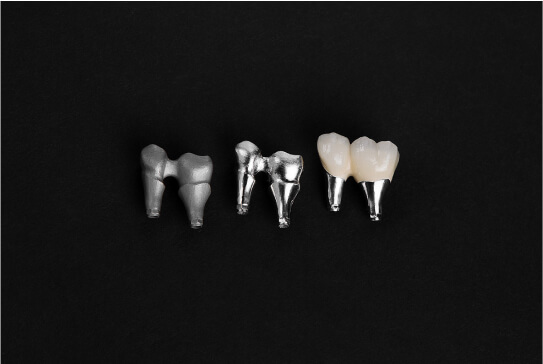
Customized screw-retained abutment (various processing steps)
Material: CoCrMo
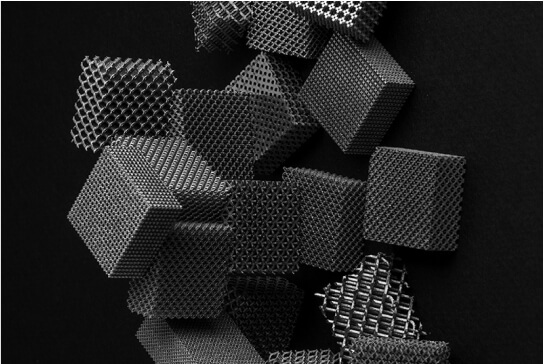
Honeycomb structures created with a lattice design
Material: Ti6Al4V